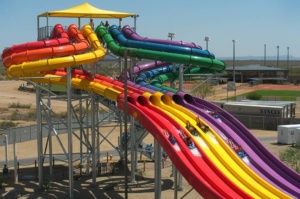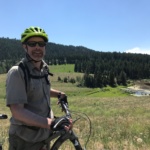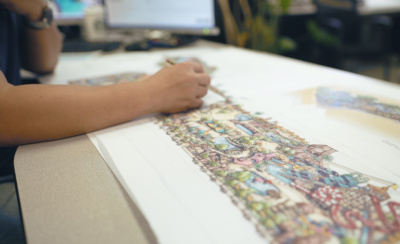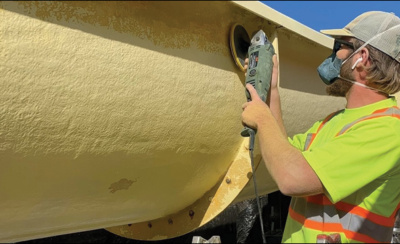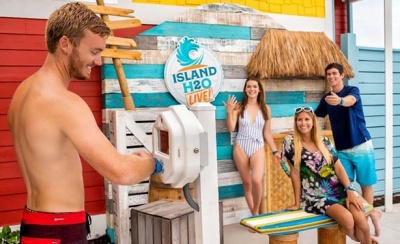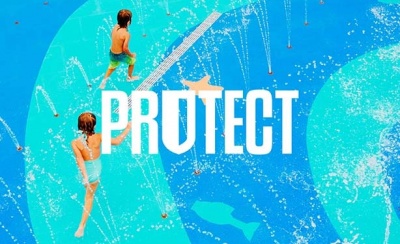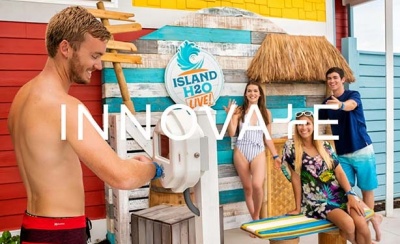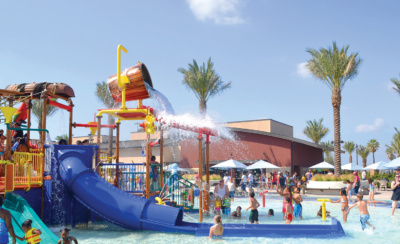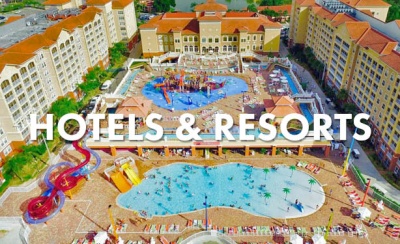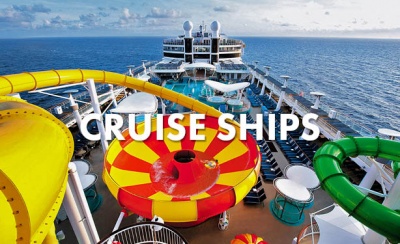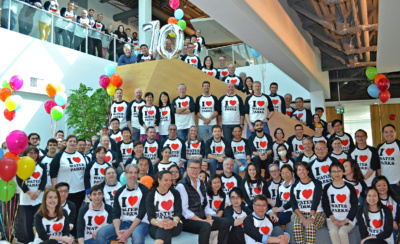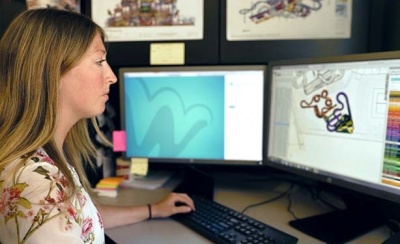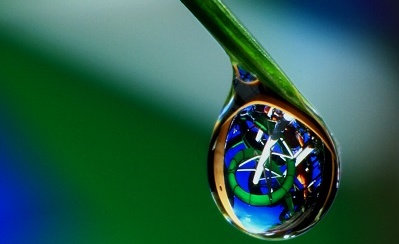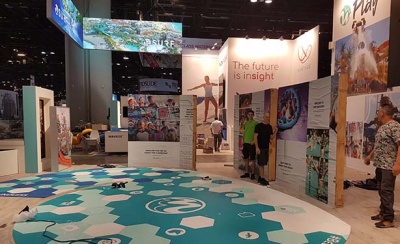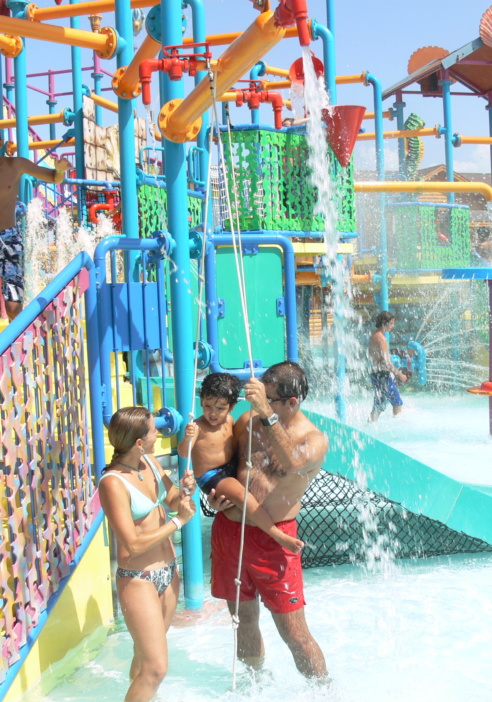
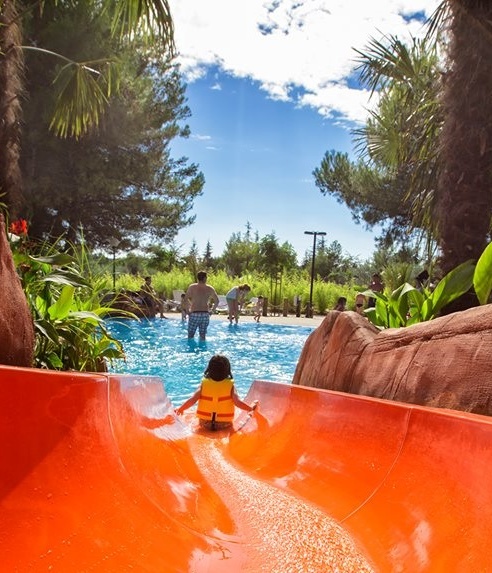
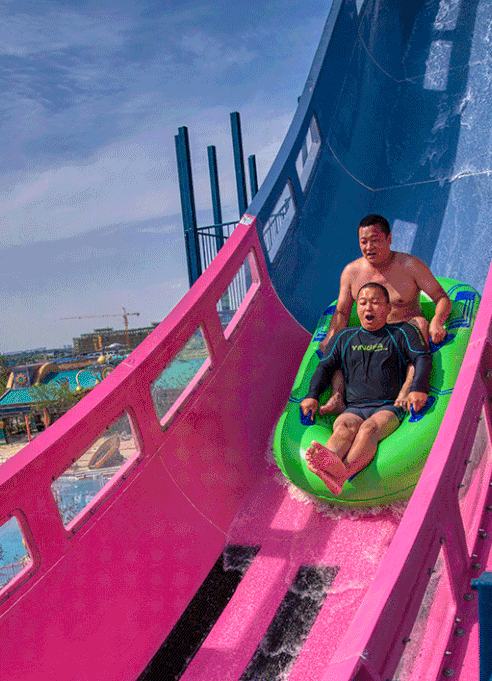
Clients’ Environmental Success—Sustainability Scorecard: Parks & Products
With WhiteWater now placing an urgent focus on sustainability across the water park industry, a corporate-wide, structured approach has been introduced, called the Sustainability Scorecard. Our Scorecard consists of four parts: Corporate, Manufacturing and Supply Chain, Parks and Products, and Social Responsibility. This is part four of a five-part series, which we hope, will motivate players across the industry to take inspiration and join in with their own sustainability efforts.
For many of our clients, this is what they sell: a pristine environment, protected landscape, feeling good—all the hallmarks of sustainable practices.
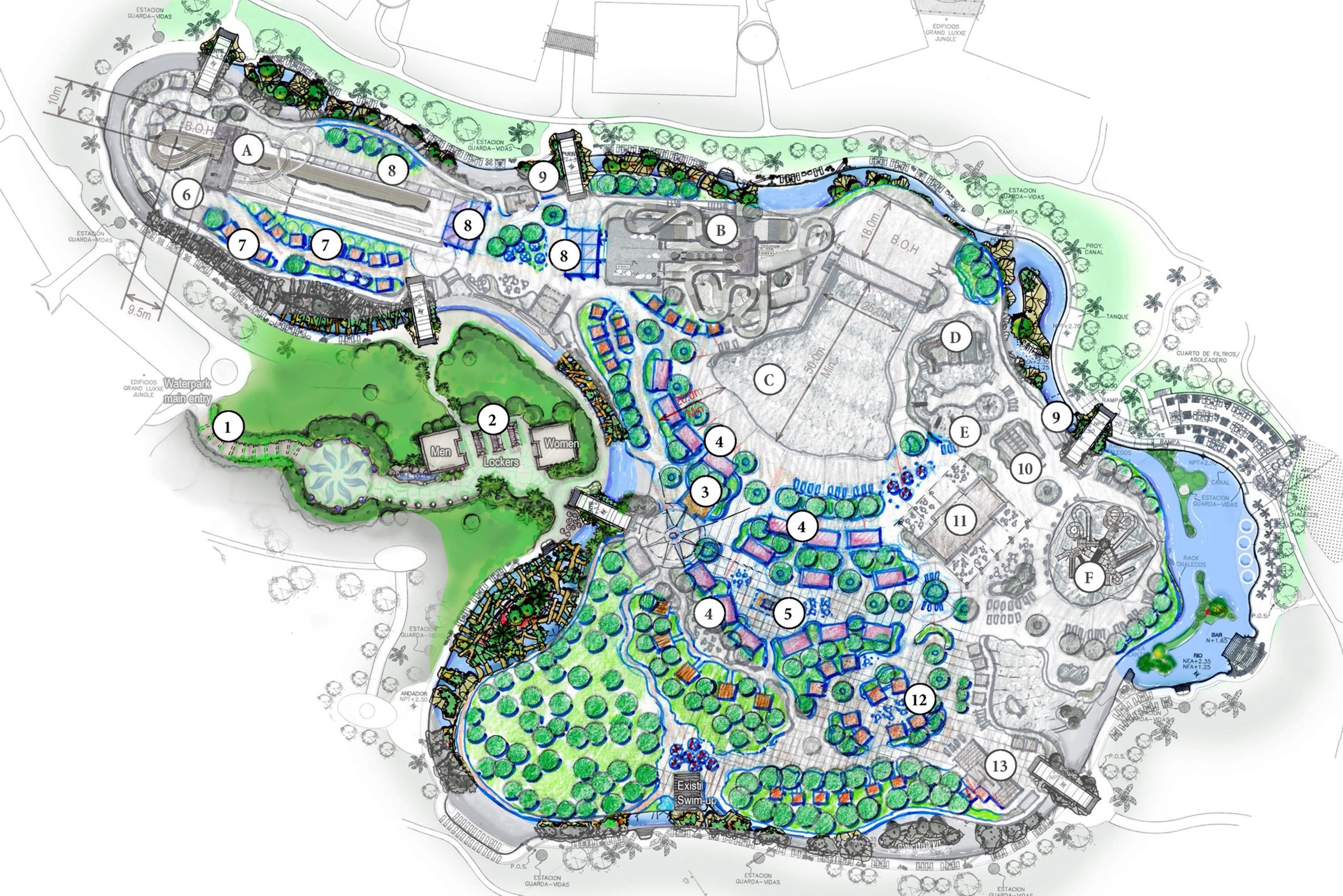
And because a client’s success is WhiteWater’s success, we will be helping them achieve their sustainability goals. Client collaboration makes up the third part of our Sustainability Scorecard, called “Parks and Products.”
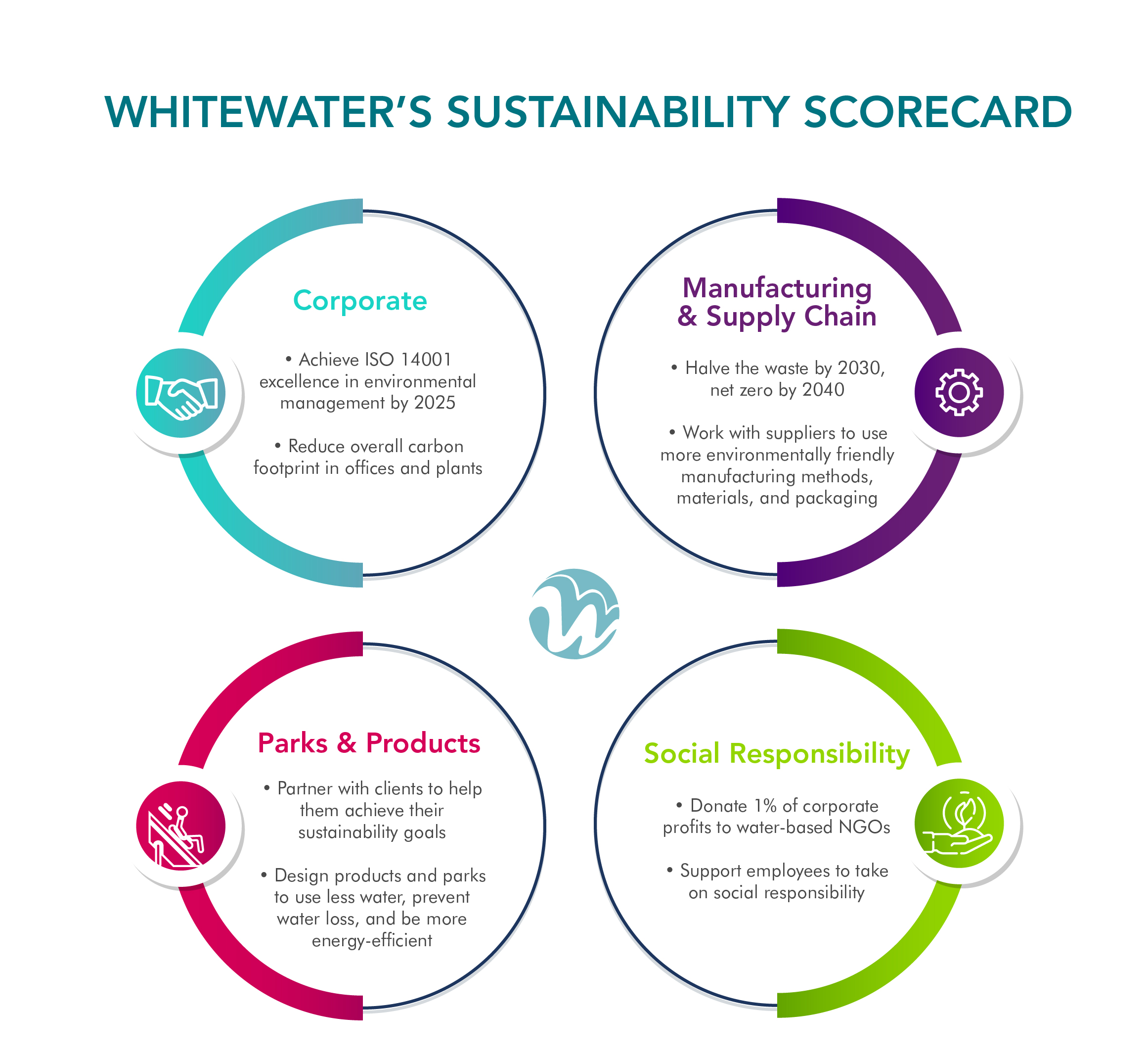
Today’s Consumers Expect Sustainable Practices
A 2020 study of 24 markets conducted by GlobeScan revealed that 73% of consumers want to reduce the impact that they personally have on the environment and nature by a large amount, and 53% feel guilty about their negative impact on the environment. These are numbers that a water park cannot ignore.
For WhiteWater, in practical terms, we can help our clients with reducing water and energy consumption as well as waste. “We are also looking at ride design and how we can constantly evolve our rides to use even less energy and water while still delivering the fun,” said Emily Colombo, Vice President of Strategic Partnerships.

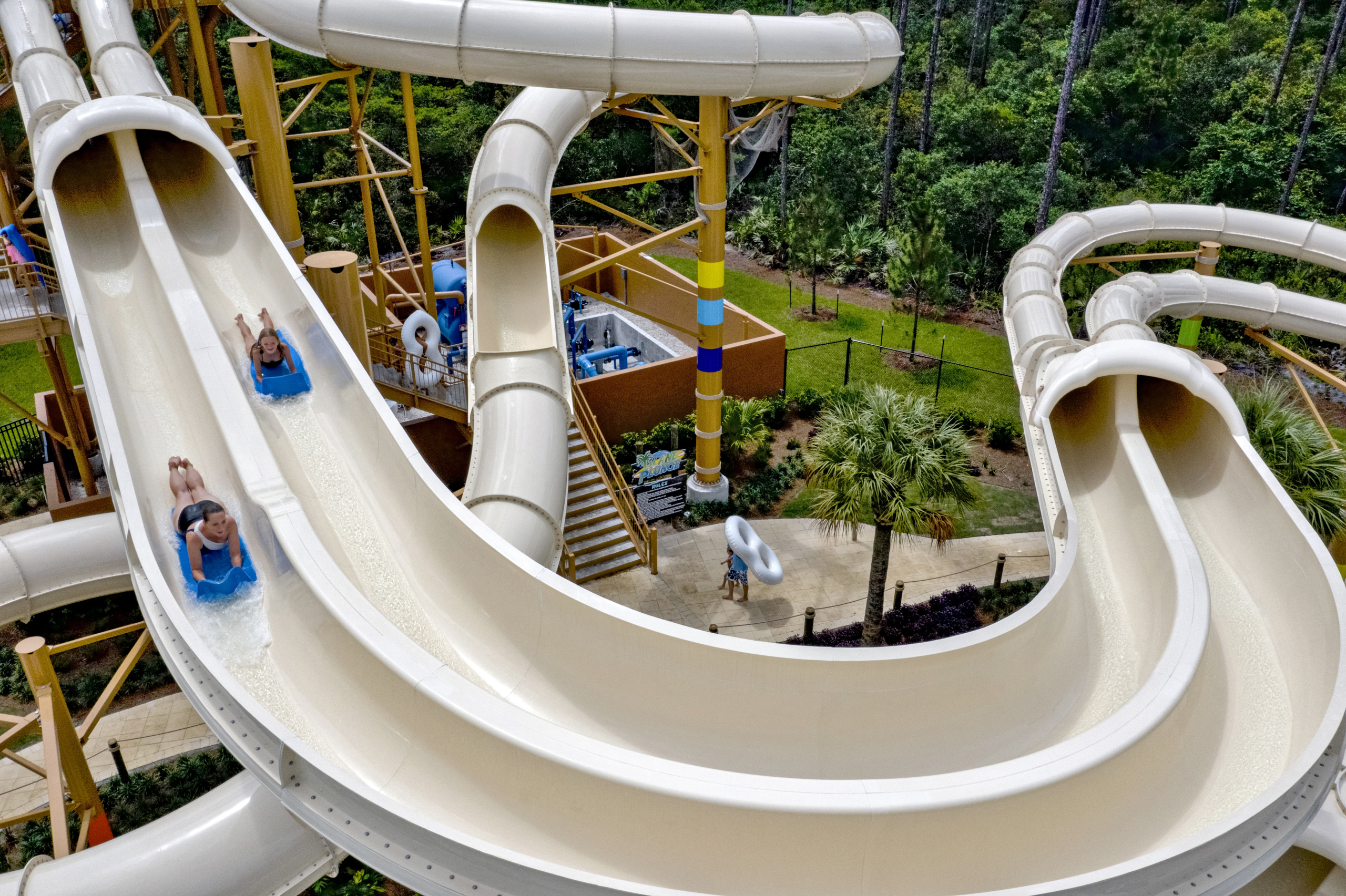
Water Used ≠ Water Consumed
Not all consumers realize that water used in a water park is not the same as water lost. In fact, most of the water used is recaptured and recycled. The first line of defense is to prevent water loss in the first place. Here is where WhiteWater shines for our clients.
Already when designing our water slides, we 3D model and simulate our rides before they are built so we know exactly how much water will be used—not too much and not too little—instead of guesstimating. The advantages are two-fold:
- The exactness of this proprietary simulation means that we do not over specify pumps, which would use more energy than needed and cause more wear and tear on the mechanical parts.
- We can predict where the splash outs would be, so we build risers accordingly to prevent them.
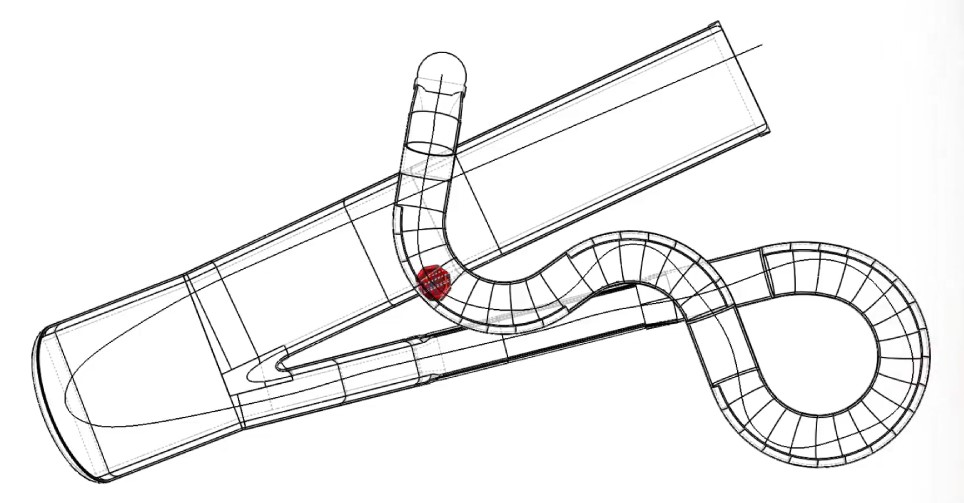
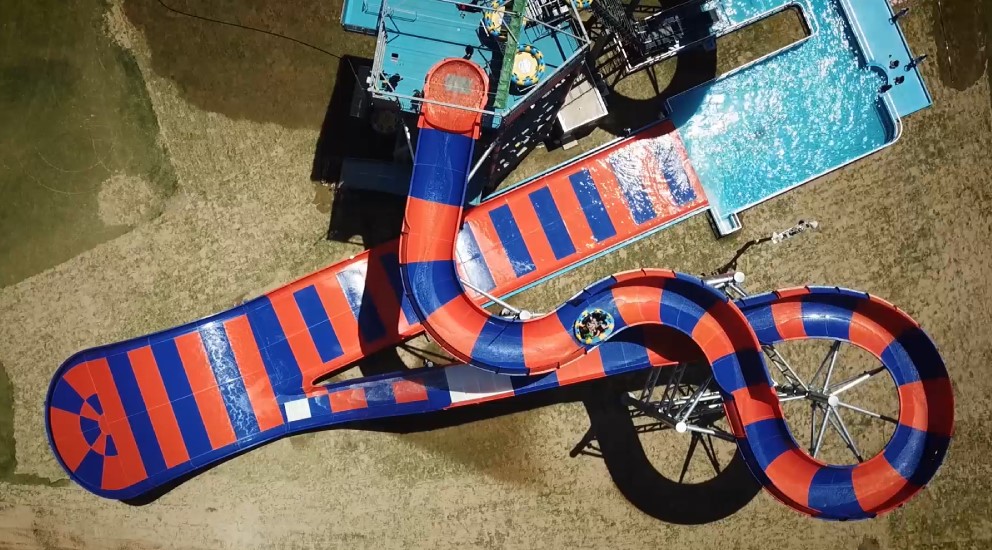
Another example of reducing water usage can be found in the water play zones. Instead of having water running and spraying the whole time, you can install “cause and effect” features where children can activate a water jet or a tipper with their hands or feet. (Bonus: This increases the play value.)
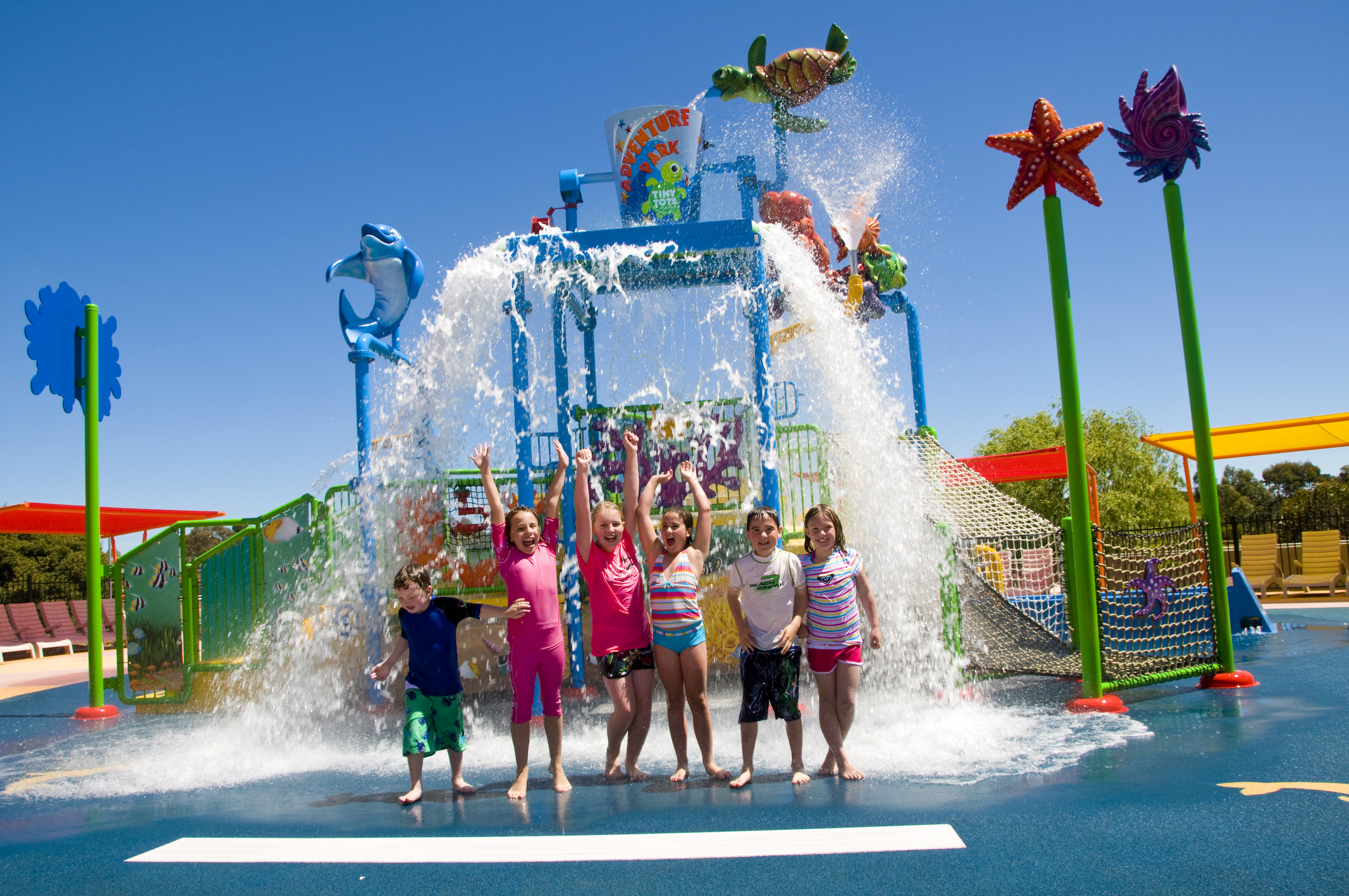
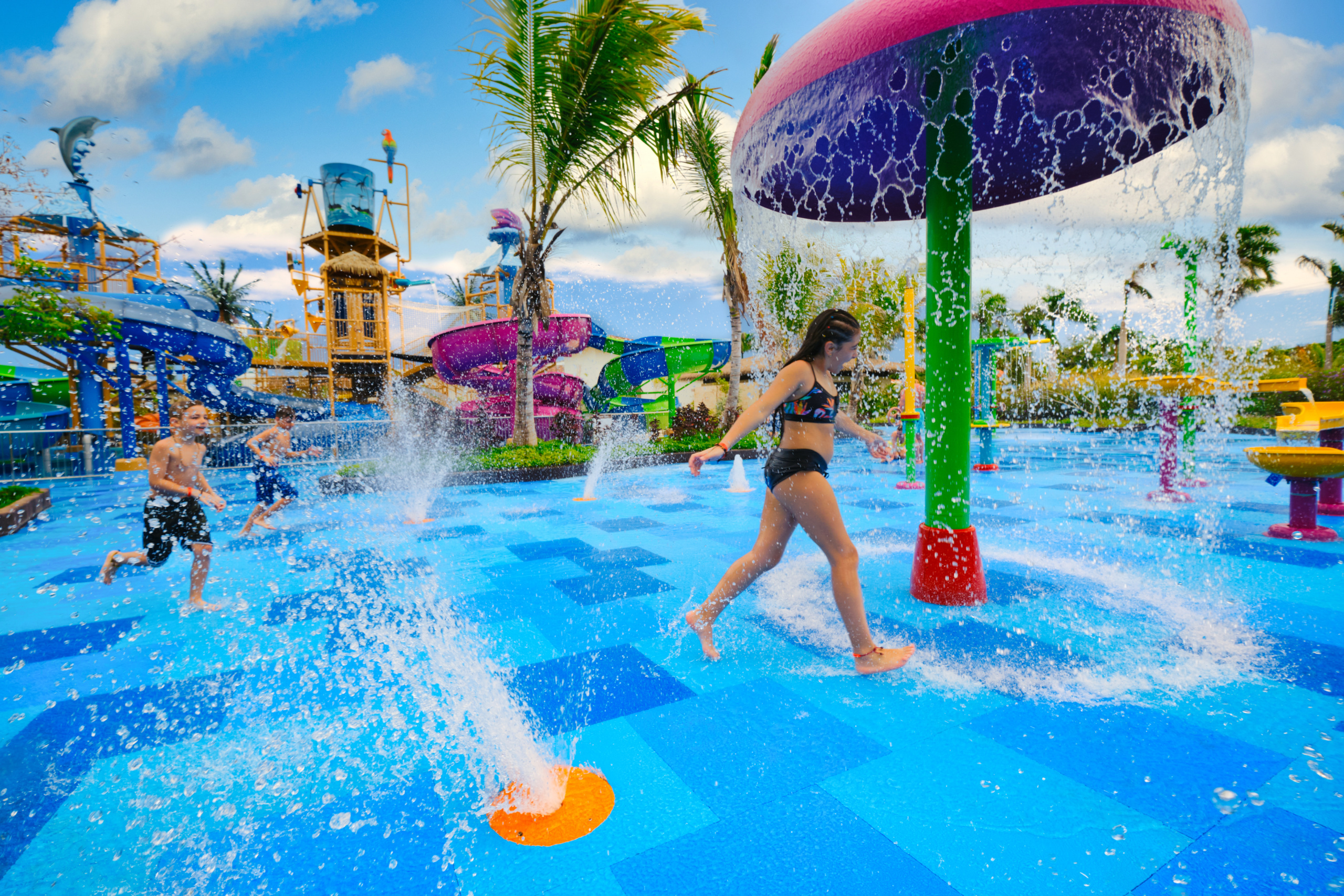
In addition, there are ways we can help parks to become even better at preventing water loss and recapturing water:
- Installing wave catchers in the run-out lane of a slide
- Improving nozzles to reduce excess sloshing and spraying
- Checking the surroundings for damage to vegetation or for corrosion for signs of excess water loss and then mitigating that loss
- Recycling shower water
- Using Life Floor, an aquatic flooring system, that mitigates heat absorption and the associated water evaporation
And when you use less water, you will need fewer chemicals to treat it—that’s double the cost savings.
See Reductions in Your Electricity Bill
Though not as visible, except on your electricity bill, energy is an important consideration in a water park’s sustainability plan. There are ways for water parks to drastically reduce that cost.
Besides correctly specifying pumps as mentioned before, another idea to reduce energy consumption is to use variable frequency drives to adjust pump speeds during operation in a wave pool or uphill on a water coaster.

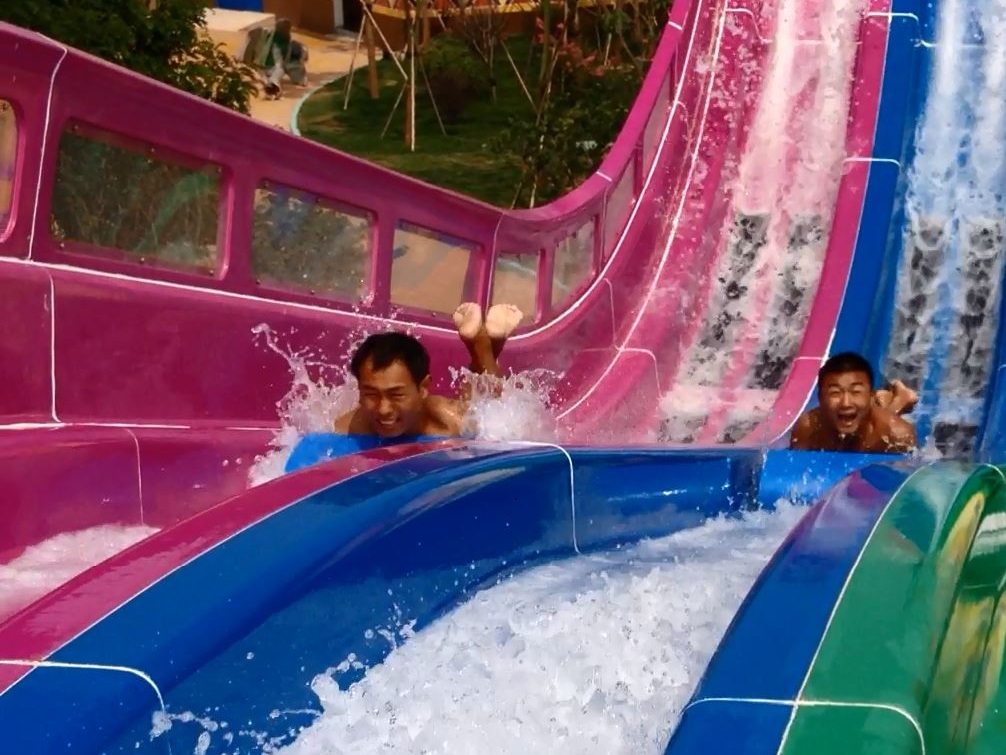
Or, in water play zones, you can increase the auto play time of the tipping buckets to save energy, which heightens the anticipation among the children waiting for the water to pour onto their heads. While saving electricity, you can try to use greener forms of energy at the same time. You can install solar panels on buildings, structures, or kiosks to run lighting, POS terminals, or as a guest amenity to charge phones. You can use electric vehicles to shuttle guests and staff around.
Let Your Guests Know about Your Sustainability Efforts
Just as we at WhiteWater want to work with suppliers who have the same mentality about sustainability as we do, our clients would ask the same of their suppliers. Just take a look at the sustainability statements from Waterbom Bali and MSC Cruises.
By sharing what we do as a company in terms of sustainability, our clients can better answer to their guests. For example, our clients can tell their guests that the fiberglass for their water slide was manufactured by using an automated resin transfer molding system, which uses much less material and results in much less waste than a traditional open mold approach.
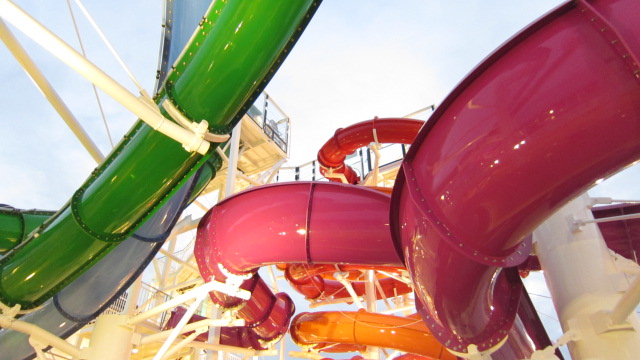
The resulting SilkTekTM fiberglass is very smooth on the inside and the outside, which requires little maintenance. Most of the time, you can just clean it with a water hose as opposed to needing chemicals or a pressure washer, which requires more energy.
We will be on our clients’ side helping them to inform their guests about the sustainable actions they are taking.

Going forward, we will be bringing the topic of sustainable designs and practices more to the foreground when we workshop with clients on their projects. Through this collaboration and exchange of ideas, new developments on sustainable actions will certainly emerge, which we will be sharing with the water park industry.
Because the industry’s success is our clients’ success.
In the next blog, we’ll take a closer look at the “Social Responsibility” part of our Sustainability Scorecard.
Read more about WhiteWater’s sustainability commitment at https://www.whitewaterwest.com/sustainability.

